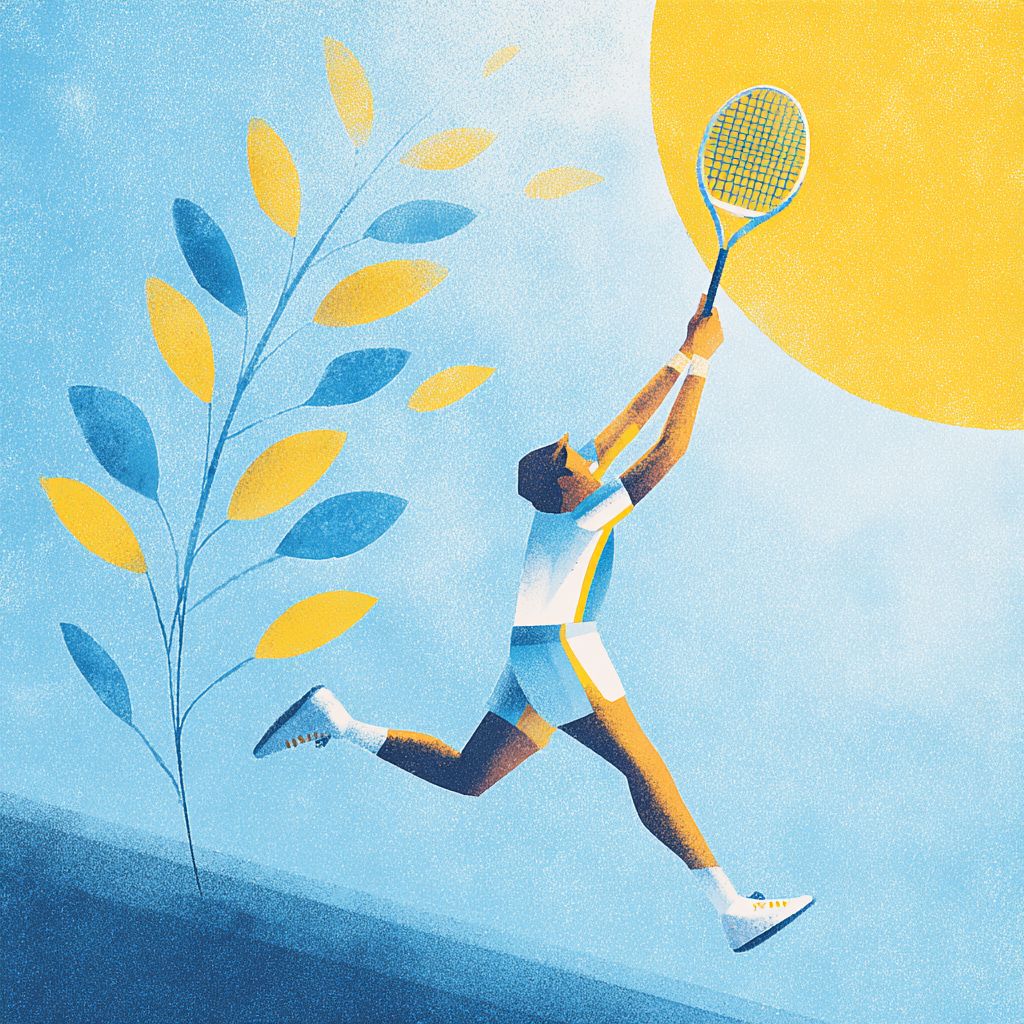
From center court at the US Open to your neighborhood pickleball club, racquet sports are serving up far more than rallies and rivalries. New 2024-2025 research shows they’re also some of the best prescriptions for living longer, thinking sharper, and feeling more connected.
A Rally for Longevity
If you’re looking for a game-changer in lifespan, you might want to pick up a racquet. Observational studies cited by the International Tennis Federation report that regular racquet-sport players live nearly 10 years longer than non-players, with a 47% lower risk of all-cause mortality and a 59% reduction in cardiovascular mortality.
Why? It’s the magic mix:
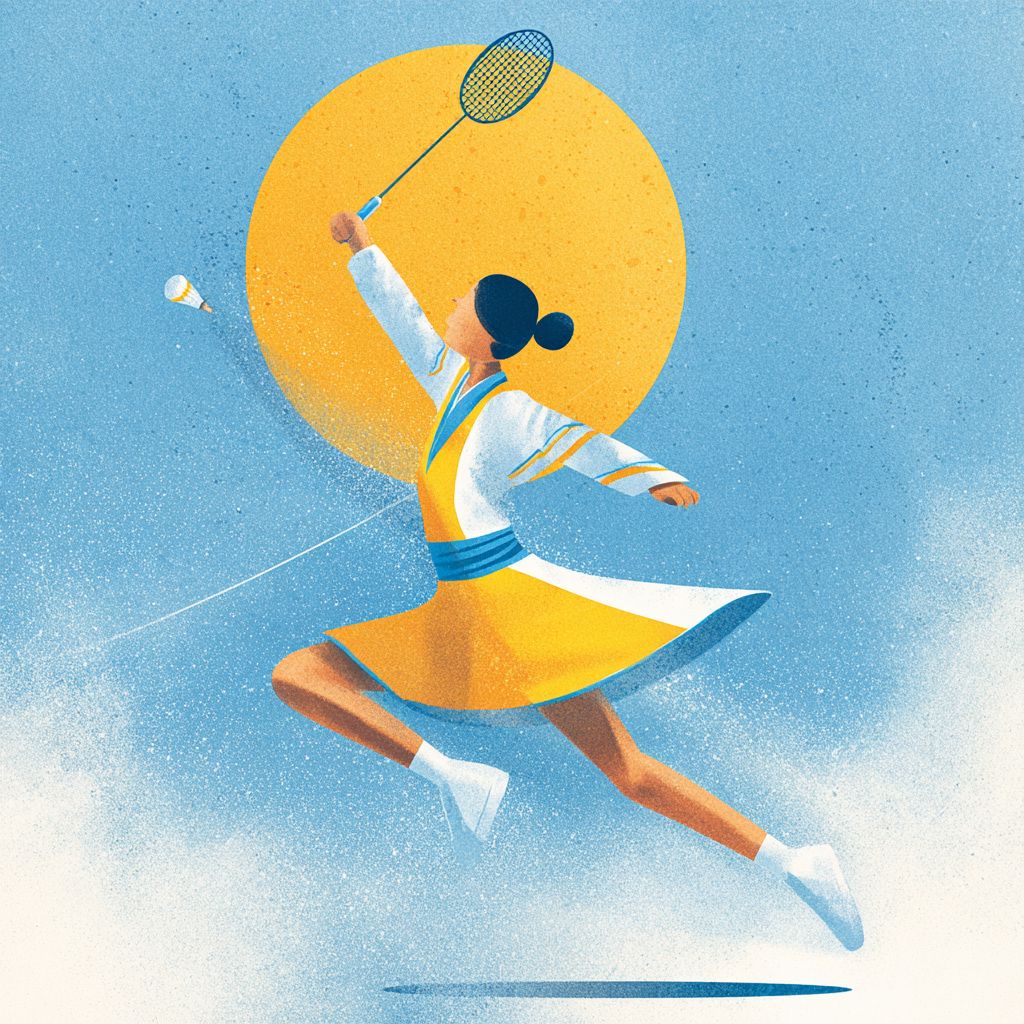
Stop-start bursts of aerobic and anaerobic exercise (think sprints, lunges, recoveries).
Social play, which encourages consistency and buffers stress.
Cardiometabolic benefits, from lower blood pressure and healthier lipid profiles to improved glucose control.
Mind Games: Mental Health & Cognitive Perks
The science of racquet sports now stretches well beyond heart health:
Mood boosters: A 2024 survey of 2,287 UK adults found tennis players scored 13% higher on well-being than non-players (69 vs 61 on a 100-point scale). The happiest weren’t the competitors, but those who trained regularly without the pressure of tournaments.
Resilience model: A 2025 scoping review concluded that tennis participation is linked to lower depression and anxiety, stronger self-confidence, and resilience. Still, competitive play can spike stress, so interventions like mindfulness and CBT were recommended.
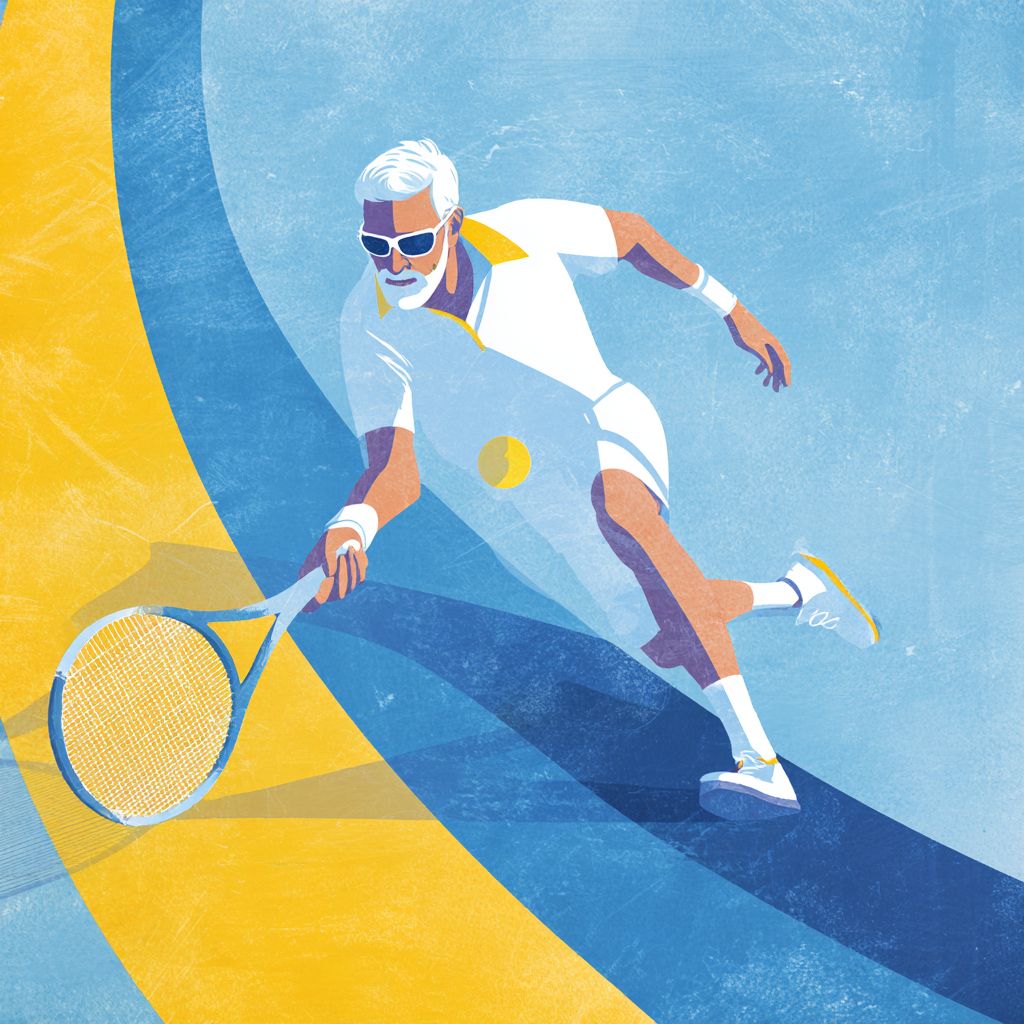
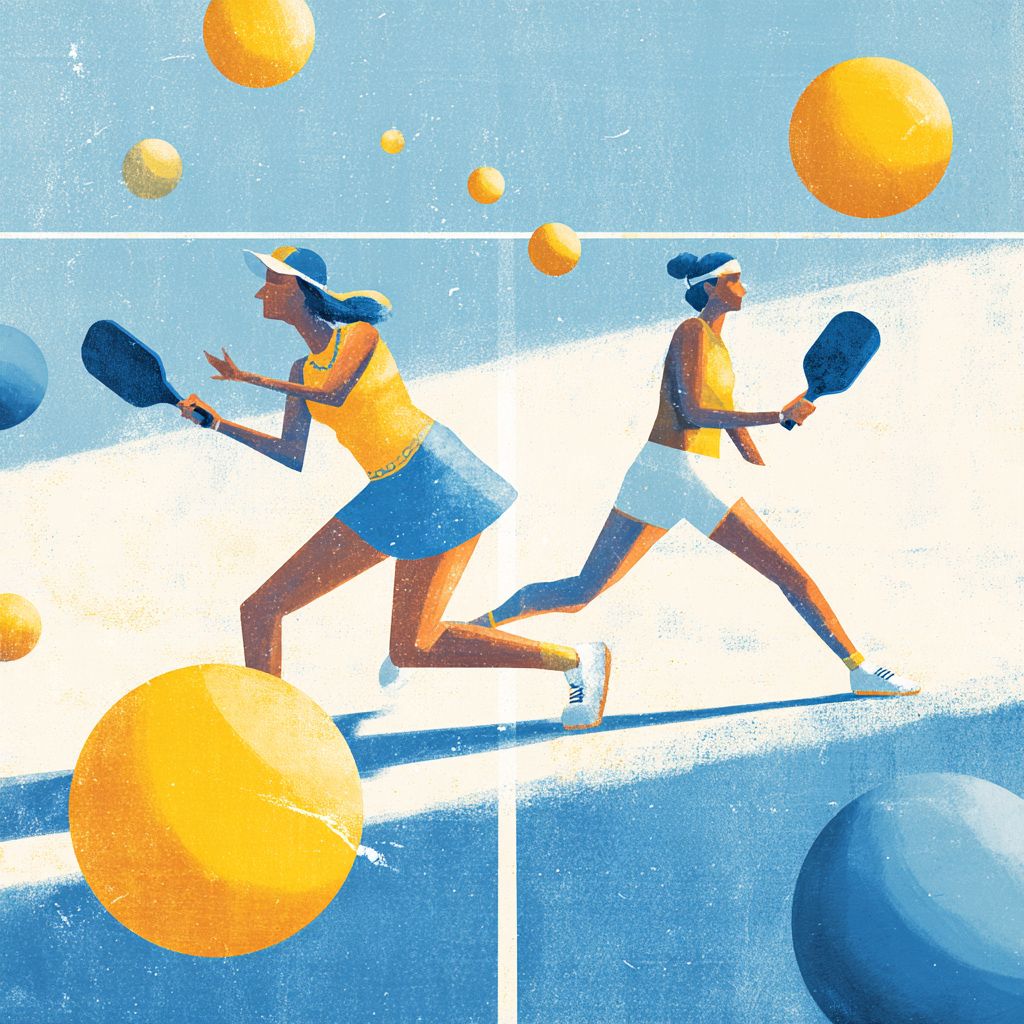
Sharper focus: Badminton trials show just 10-20 minutes of high-intensity play per week enhances cognitive function. Longer programs improved working memory and executive function in older adults.
Better sleep: A 2025 RCT with 160 graduate students found badminton training significantly improved sleep quality and lowered anxiety, especially with physical-conditioning regimens.
Neuroscience on the Court
Racquet sports also make brains faster on the draw:
EEG studies show tennis experts process motion-in-depth stimuli more rapidly, with earlier attentional investment than novices.
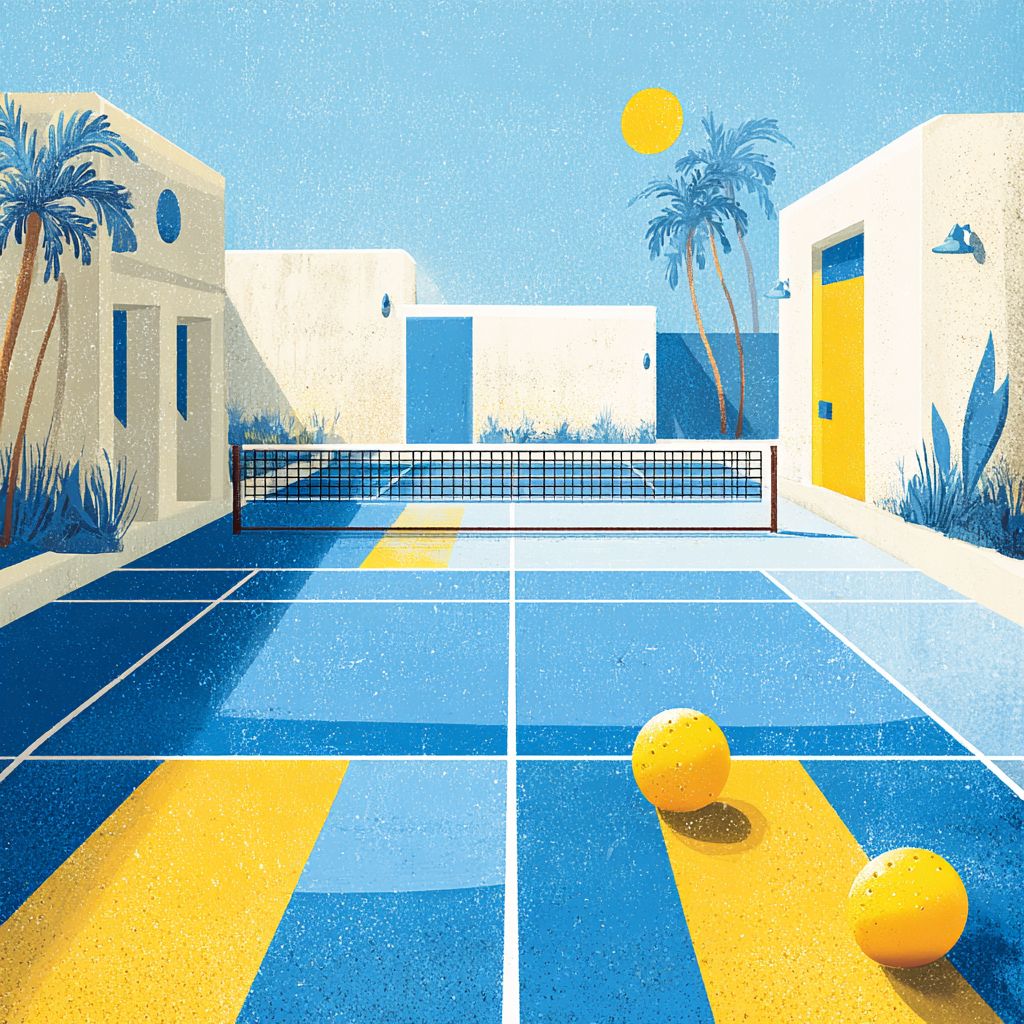
Biofeedback trials with elite players found that ten sessions improved cognitive performance, physiological regulation, and reduced anxiety.
A 2025 VR pilot with adolescents showed a 38% greater boost in Universal Tennis Rating compared to traditional training.
If tennis is tradition, pickleball is the disruptor and its psychosocial impact is real.
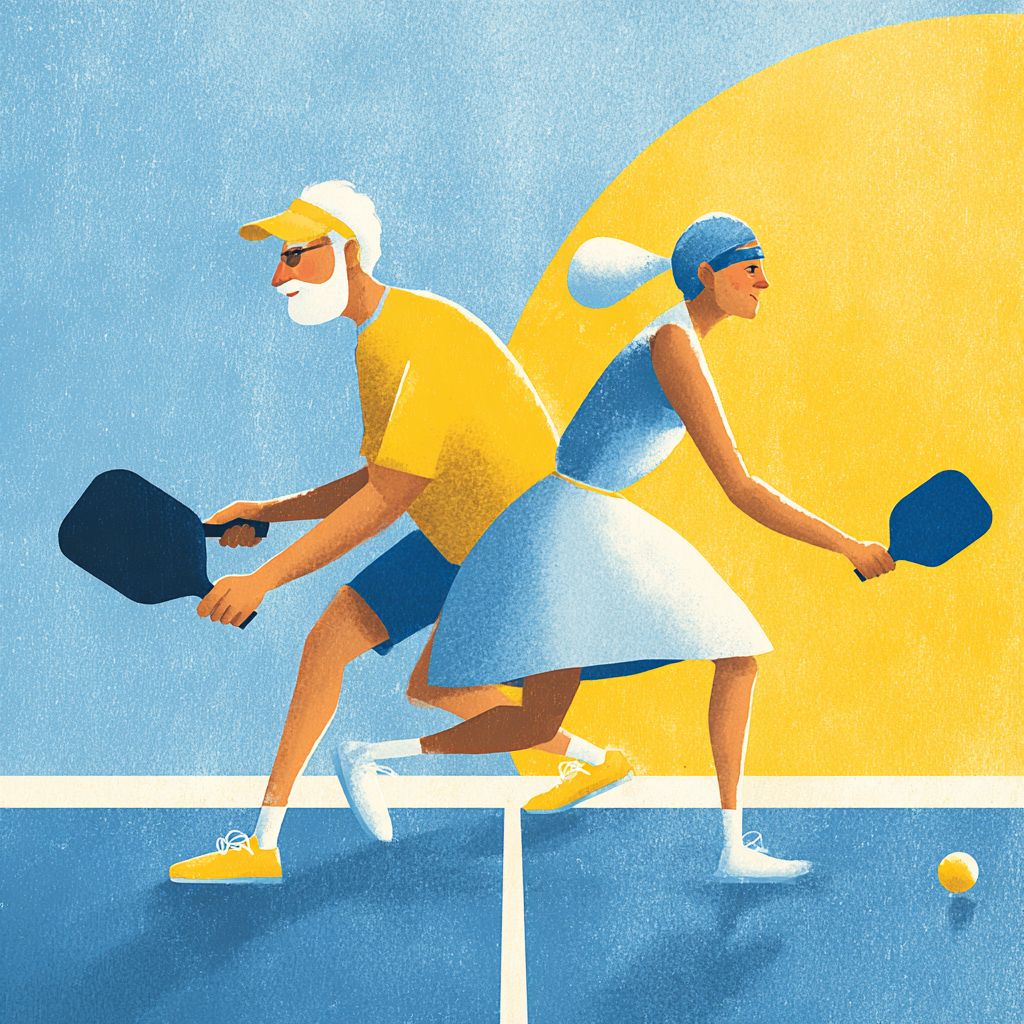
Older adults: Qualitative studies with USAPA ambassadors highlight pickleball as a joyful social outlet, fostering intergenerational friendships and identity renewal after retirement.
Junior players: A 2024 survey linked play with lower stress and improved coping, focus, and mood, showing a clear dose-response effect.
Clinical use: A 2025 RCT found a 9-week pickleball program improved physical performance and attention in people with schizophrenia, though psychiatric symptoms remained unchanged.
Badminton’s Quiet Boom in the U.S.
Badminton might not yet dominate U.S. playgrounds, but it's gaining serious steam:

Marketers now predict badminton may be “the sport of 2025”, even poised to outpace pickleball as interest grows.
Greater awareness and growing participation are fueling demand for equipment and events nationwide.
The U.S. Open Badminton Championships in 2025 (held in Iowa with a $240K purse) shows renewed investment and appeal.
The Big Picture
Racquet sports blend the cardio of running, the focus of chess, and the community of a festival. They can extend lives, sharpen cognition, reduce anxiety, and build friendships across generations. But they also demand respect, injury prevention and equitable access are as vital as aces and drop shots.
☕ In other words: every rally is more than a point. It’s a quiet investment in a longer, stronger, more connected life.
Love this volley of research as much as your weekly chai? Share it with someone who could use a spark or a sporty new routine.
